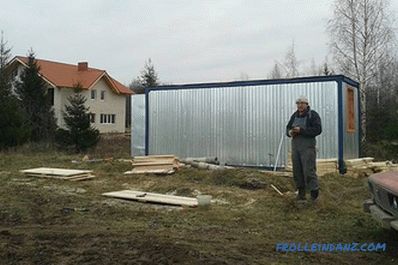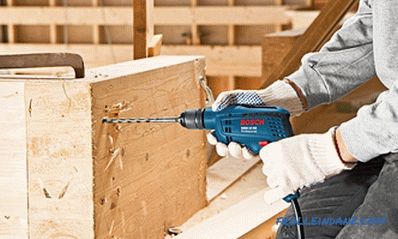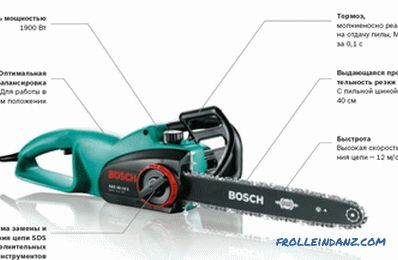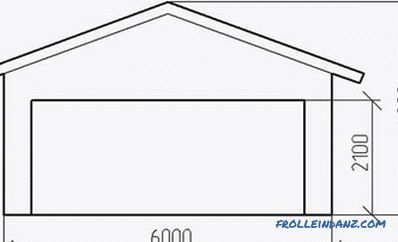It is not accidental that the pump was used in the heating system. Even with a properly assembled heating system, it will serve well as it allows the boiler to work more efficiently. This, in turn, affects fuel consumption. Therefore, in addition to uniform heating of the batteries, we get another advantage - tangible savings, and if the installation of the heating system was done by non-specialists, the pump will eliminate the existing blemishes.
Since an individual approach may be required for different conditions, we will focus on how to choose a pump for heating.
Due to its greater economy and efficiency, the autonomous heating system is in high demand, however, so that later you do not have to regret your choice, you need to take into account some of the parameters of the pumps. The most common circular pump. It is of two types:
- With a "dry" rotor.
- With a wet rotor.
Which one to choose? In order to answer this question, let us consider the differences between them.
Pump with a dry rotor
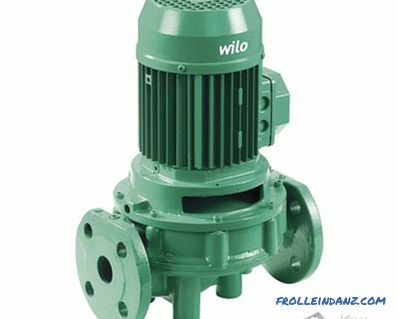
First, consider the so-called dry pump ", so called because its rotor does not come into contact with liquid. For this The reason is that it has air cooling and, as a result, creates a higher level of noise.
This imposes some restrictions on its use. Such a pump is, on average, twice as productive as its competitor, but it does not have easy maintenance and repair.
The pump with a wet rotor

The pump with a wet rotor is cooled by the fluid with which the system is filled heating, therefore, only a low, quiet rumble is heard during its operation. This advantage covers its low efficiency, which allows the pump to be installed in residential areas. Ease of maintenance and repair also plays an important role.
Such a small comparative analysis allows us to conclude that this type of pumps is more suitable for individual heating in small rooms. If the pump is installed in the boiler room, the noise level will significantly decrease, however, when a “dry” pump is connected to steel pipes, the noise in the room will penetrate through them.
If you have already decided what type of pump is right for you, now consider the following parameters.
Power selection
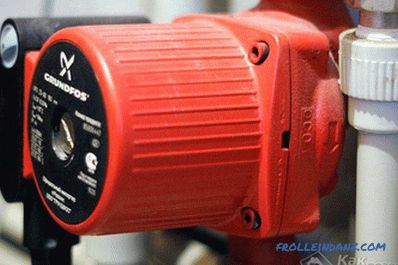 Power of the circulating pump
Power of the circulating pump
Logically, the smaller power pump, the less will be the consumption of electricity, but in practice it may be quite different, since a powerful pump is able to pump more volume of fluid at low speeds, in contrast to the weak, loaded for all its power. Another problem may be that at maximum load the pump motor will get very hot, and this can lead to overheating, or even premature failure. Therefore, the question of how to choose a pump for heating, having a suitable capacity is very relevant.
Let's understand what needs to be taken into account in the specifics of the heating system device for which the pump is selected:
- System capacity (how many liters of liquid can be poured into it ).
- Diameter of pipes.
- System type (standard, or subject to counter slope).
- Boiler power.
Let us dwell on this in more detail.
Who needs information about system capacity? If the pump will be bought in the store, the seller will ask you this question, because, knowing this, he will have in mind what you can offer. Do not rush to drain water from the system by measuring the amount of water that has leaked out with buckets. There are more advanced methods for this - knowing the type of batteries (cast iron, aluminum, etc.), the diameter and length of the pipes, you can easily find data on their capacity on the Internet and make an approximate calculation, since too accurate data is not needed. So, you can already answer the seller’s question by indicating the correct volume, and not guessing it.
About the heating system
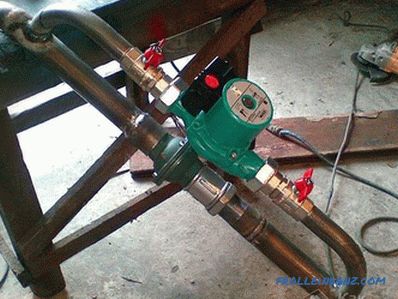 Installation of the heating pump
Installation of the heating pump
If it is, on In your opinion, “it works perfectly well without a pump”, do not believe this deceptive impression, because even by touch you can determine that the top of the battery is warmer than the bottom, which is not observed when the pump is running. This "trifle" will help save at least 500 cubic meters of gas per year! In this case, you need an inexpensive pump that can improve circulation.
If pipes laid in the wall (floor) have a counter-slope, then you need a pump that can create a good head. The same applies to the multi-circuit heating system, because with insufficient pump power, the farthest points can remain cold.
 Installation scheme of the heating pump
Installation scheme of the heating pump
If you have a boiler installed that its power is not designed for heating your apartment, then when you turn on the pump on it, the temperature immediately drops and will not rise until it is turned off, because the boiler simply does not have time to warm the water passing through it. In this case, the sense of the pump will not. The verdict is unambiguous - the boiler will have to be replaced!
In an emergency, you can turn on the pump through a relay, which will turn it on and off at regular intervals to allow the boiler to warm up the water, and when the pump is turned on, the batteries will fall warmer water, but this, however, is not an effective enough method.
If you chose the pump correctly, you will live in more comfortable conditions, spending less on energy.
Video
Those who have already decided on the model of the pump, we offer to get acquainted with the technology of its installation in the system:
